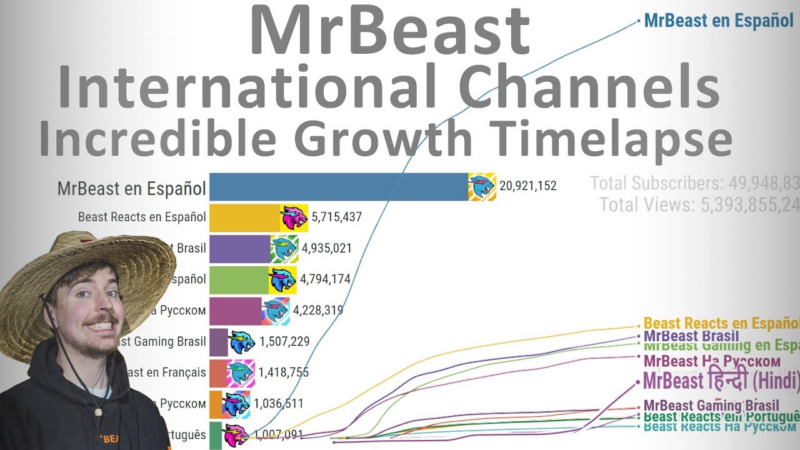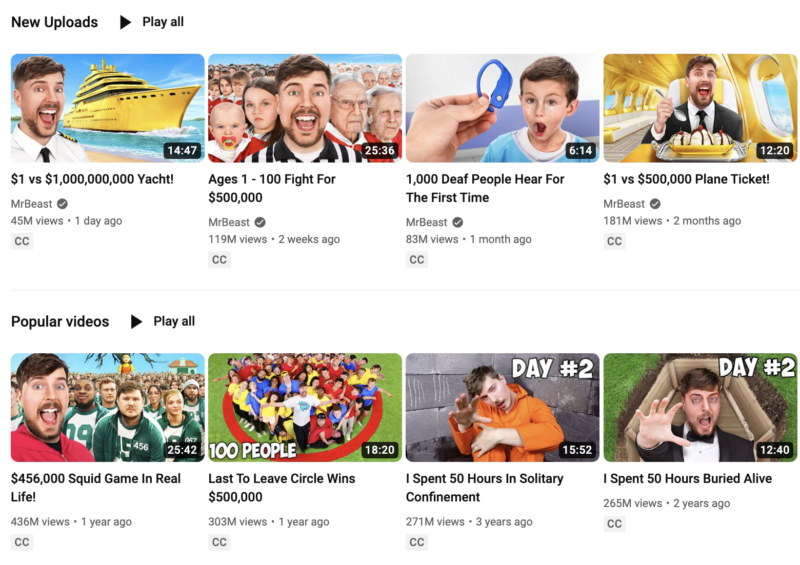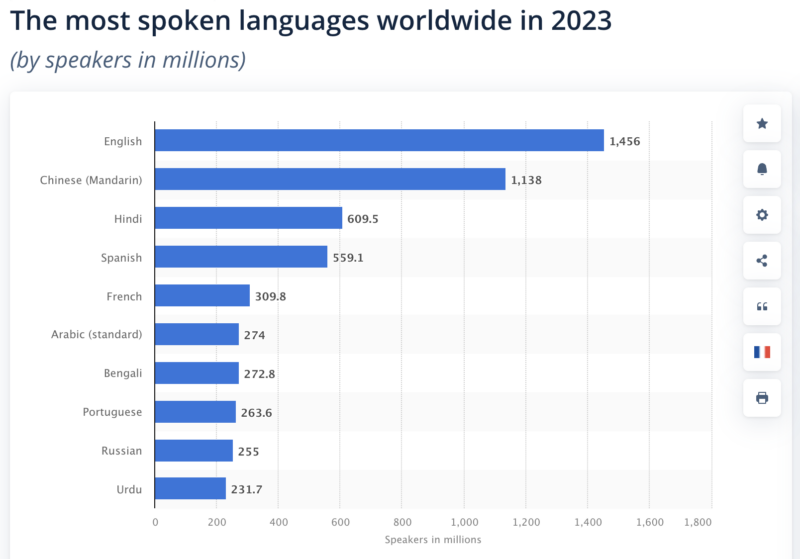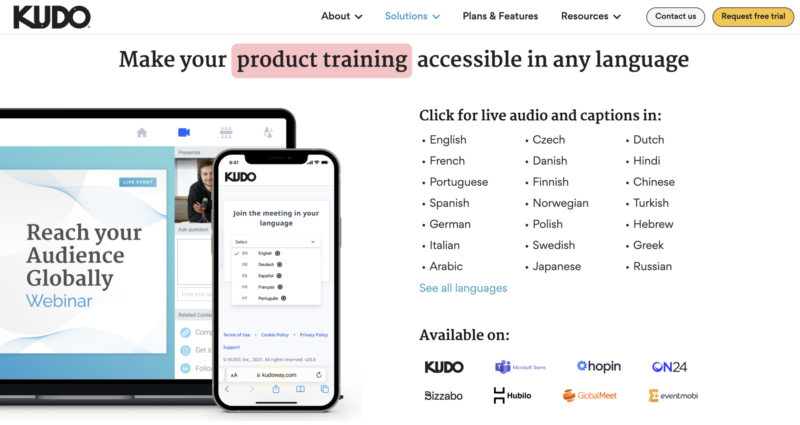Today’s content creators and marketers face the challenge of capturing a global audience. It’s no longer enough to produce great content; the goal is to make it accessible and engaging to people worldwide.
A powerful tool in achieving this is a well-crafted content localization strategy, with dubbing playing a pivotal role. Imagine watching your favorite show in a language you don’t understand. Now, picture it dubbed in your native language. This shift not only makes the content more enjoyable but also creates a deeper connection.
In this post, we’ll look at the impact of a content localization strategy through dubbing on global views and engagement, setting the stage for why it’s a critical component in today’s digital content space.
The Power of Content Localization Through Dubbing
Content localization is more than just translating words. It aims to connect with the audience on a deep cultural and emotional level.
When dubbing is done right, it makes the content feel like it was originally made for the local viewers, greatly improving how connected they feel to it. This connection is very important for brands and creators who want to reach people around the world.
Popular YouTuber Mr. Beast, for example, expanded his brand internationally by dubbing his videos in different languages and creating YouTube channels in different languages:

This approach has helped him exponentially grow his brand and tap into diverse markets.
According to a survey of 8,709 people from 29 countries (North America, South America, Europe, and Asia):
- 65% of people prefer content in their language, even if it’s poor quality.
- 76% favor products that provide information in their language.
- 66% rely on online machine translation tools.
It’s undeniable that people prefer watching content in their own language. The impact is even bigger when the dubbing uses familiar voices or includes cultural references, making the content feel closer to the audience.
To dub content successfully, consider these points:
- Know your main target markets and what they culturally prefer. Use client surveys, Google Analytics, and social listening tools to gather information.
- Choose voice talents who are good at the language and fit the character well. You could also experiment with AI voice translations for a cheaper and faster alternative.
- Make sure the dubbed audio matches the video well, keeping the original’s rhythm and style. There are AI tools that can pinpoint areas of misalignment between video and audio and automatically fix those mistakes:

- Be mindful of cultural differences, sayings, and humor, and adjust them to make sense locally without changing the content’s core message. These factors can pose substantial challenges to international expansion.
Key Takeaway: Dubbing is a key strategy in making content more relatable across the globe, helping creators and marketers engage more deeply with international audiences.
Case Studies: Success Stories of Dubbed Content
Mr. Beast’s move into global markets shows the huge impact of dubbing. By making his content available in languages like Portuguese and Japanese, he reached more viewers and saw a big boost in engagement and views. 
Many other brands and influencers have seen great success in international markets by following Mr. Beast’s approach. These stories show that dubbing can make content appealing worldwide.
To use dubbing effectively, try to:
- Figure out which markets are most important for your content and understand what they like.
- Choose voice talent that speaks the language well and fits your characters or brand. Using famous voices or adding culturally relevant characters can be effective:

- Partner with localization experts to keep your content’s original feel while making it appropriate for new audiences.
- Look at how people respond and what they say to improve your strategy and make better decisions for localizing content in the future. Use customer feedback tools to know what they like, what disappoints them, and come up with strategies for improvement.
Key Takeaway: To localize content successfully through dubbing, it’s important to think carefully about cultural differences and what the audience prefers.
Implementing a Dubbing Strategy for Your Content
Creating a dubbing strategy requires planning and understanding who your audience is. The first step is to decide which languages to dub your content into.
This decision should be based on what your audience prefers and which regions are most likely to engage with your content. Below are the top countries to consider for international expansion:

Choosing the right languages is also very important because it affects how well your content connects with people from different cultures:

After picking the languages, the next step is to find the right voice actors. You want voices that match the original characters and also feel right to the local audience.
Alternatively, you can use AI. Spotify, for example, has launched AI voice translations for podcasters, enabling listeners from all over the world to enjoy their favorite English-language podcasts in a variety of languages.
Other tools include KUDO, which features a robust AI translator for different languages:

Just remember, do thorough research on your target market to know their language and cultural likes and pick voice actors (human or AI) who can match the original content’s tone and feelings.
Key Takeaway: A well-planned dubbing strategy can make your content much more appealing globally, reaching a wider audience.
Last Thoughts on Elevating Global Reach Through Dubbing
Dubbing is a powerful tool for content creators and marketers who want to reach a worldwide audience. By changing content to match the viewers’ own language, the connection with the audience becomes stronger, leading to more engagement and views.
As shown by influencers like Mr. Beast and many brands, using a strategy that includes dubbing can greatly increase your reach and impact. This approach, if done with respect for cultural differences and attention to detail, can help you enter markets you haven’t reached before.
We encourage you to see dubbing not just as translating, but as a crucial part of your strategy (along with systems like programmatic SEO) to connect more effectively with people around the world and succeed.
Related Video
If you’re ready to level up your content localization strategy, Single Grain’s marketing experts can help!👇
For more insights and lessons about marketing, check out our Marketing School podcast on YouTube.



